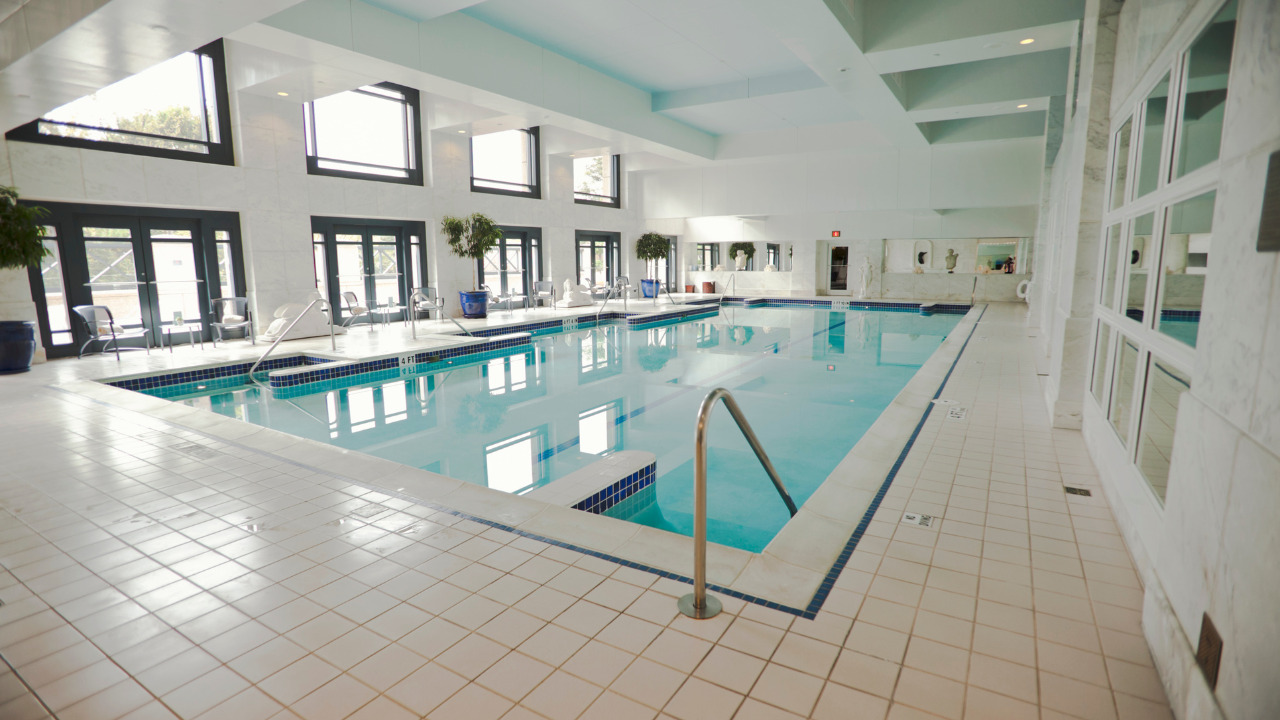Repainting pool tiles is a more cost-effective option rather than replacing them when they become worn. Pool tiles can be painted with three different types of paint. Epoxy paint is the most durable. It may be used on both newly constructed pools and pools previously treated with epoxy paint.
UV light, pool cleaners, and chemicals don’t harm it. The key to a successful paint job is to prepare the pool. When pool tiles are broken, it is not easy to repair properly.
You may be in a bind because you did not preserve a portion of the tiles for backup when you made the purchase or because you were unable to locate the same at a local store; the damaged condition of the tiles is not severe enough to require professional assistance.
There’s no need to spend more money because a maintenance can be costly. One of them is painting over broken swimming pool tiles.
Table of Contents
A Few Considerations Before Painting the Pool Tiles
Unsurprisingly, experienced pool technicians have expressed dissatisfaction with this tile paint restoration. The majority of them do not endorse, and some are outright opposed to, painting tiles, according to their expertise in servicing pools, pools that were painted always experienced issues, primarily because of algae and chemicals.
Your best option, according to them, is to replace the tiles.
Of course, just a few people think it’s reasonable. Temporary emergency measures can be useful for renovating their pools, but they don’t have the funds available right now. Painting on tiles can endure anywhere from one to two years in most cases.
That could be longer if you choose high-quality tile paint. It’s usually preferable to have damaged tiles painted rather than deteriorate.
Drain Your Pool Before Painting
Your pool does not need to be drained before painting. We are unsure where this came from, but it’s completely untrue! Of course, you must drain your pool.
The dryer it is, the better the paint will stick. False! There is no difference between the types of paint. If your existing ceramic tile is worn or outdated, you can replace it without pulling it out. This implies a firm floor underneath and that the current tile is free of cracks.
Steps To Paint Your Pool Tiles
Painting pool tiles for repair isn’t always a bad idea, but keep in mind that it’s only a temporary solution that you’ll have to use in a pinch. However, complete pool tile repair on the damaged region is required.
1) Prepare The Tiles
Remove all of the leaves and twigs from the pool. Determine the type of pool paint currently in use.
2) Remove Old Paint
Using a paint scraper, remove the old paint from the tiles. To remove stubborn flakes:
- Use the power washer.
- Repair and check for the cracks.
- If the cracks are larger than usual, fill them using caulk.
3) Scrub The Pool
Using a mild cleaning acid with a soft-bristle brush, clean the pool from all types of debris and stains. Moreover, use a garden hose to wash off the pole. To clean the pool more efficiently, use trisodium phosphate. After being adequately sanded, wash the pool as directed previously—acid washing isn’t required.
Allow for complete drying before resurfacing your pool. Make sure you read professional advice on how to paint your pool and choose the right pool paint for your surface.
4) Remove Extra Water
Allow the pool to dry for about five days after pumping out all excess water. Using an electric drill and a paddle mixer, thoroughly mix the paint. To assist the epoxy paint, adhere, sandpaper should be used to abrade previously painted epoxy surfaces and unpainted fiberglass.
Using a trisodium phosphate solution to clean the pool eliminates more debris and oil. Before painting the pool, it must be entirely dry.
5) Paint The Pool
The roller is used to paint the pool. Work your way from the deep end to the shallow end. Refill the pool after about five days to allow the paint to adhere fully.
To summarise paint and surface compatibility, the best paint options for an unpainted concrete or plaster pool are epoxy or premium acrylic. Epoxy is recommended for an unpainted fiberglass or granite pool.
The growth of little bubbles along the surface of your pool paint is known as blistering. Heat and moisture are the two main causes of blistering. Heat blisters are caused by painting your pool in direct sunshine on a warm surface. The problem is that the film dries too quickly, trapping solvents within.
Fix Underwater Leaks In The Pool
Begin at the deep end and work your way to the shallow end and out of the pool in a logical manner. Compared to a smooth pool surface, a particularly rough pool surface can require more paint to cover, so keep this in mind when ordering paint.
To repair small leaks or chips in your swimming pool, use the thick Water Gard epoxy paint. White and pale blue are the predominant colors. Our Wet Dry epoxy is a kevlar reinforced epoxy putty that can be used above and below water for severe repairs.





